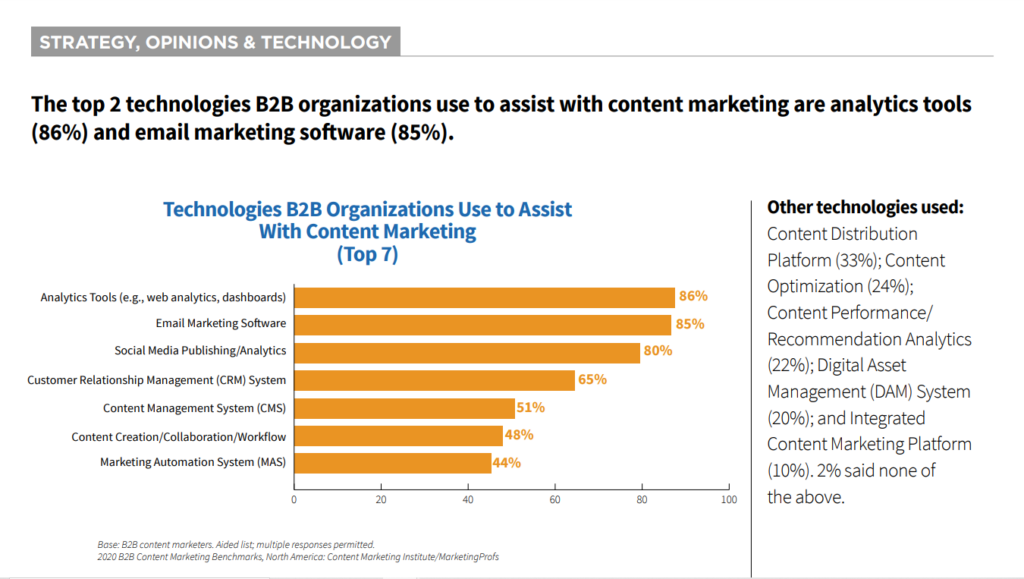
There’s no doubt that branding has become an important part of a business’s competitive edge in today’s economy. With so many companies competing for customers, it is essential to have a strong branding strategy. Read this guide to understand the benefits of using a branding agency for your business.
Access to Experience and Expertise
If you’re looking to achieve success with your branding efforts, you need access to the best expertise and experience. Branding agencies can help you with skills, a wealth of experience, and knowledge of making a successful brand.
Top branding agencies can provide you with the resources and support you need to create a successful brand, such as identity design, website, social media management, internal communication material, presentations, etc They can also help you identify and market your brand to the right people. They know how to create a strong reputation for your brand and how to attract new customers.
So stop reinventing the wheel, and start freeing up your time by hiring top branding agencies to tell your story to the rest of the world.
Eye-Catching Campaigns
Branding agencies can help you create eye-catching campaigns that promote your business.
The branding agency can help you create a campaign that is unique, and attractive to consumers and that brings more engagements to their business. They can help you design marketing materials that are effective and persuasive. Their efforts will result in campaigns that are well-executed, creative, and visually appealing.
Boost Awareness and Recognition
Branding agencies can help your business to boost awareness and recognition. They can help to create a unique identity for your company and help to promote it across the internet, in print media, and on radio and television.
Creative agencies can help you to create marketing materials that will help you to reach your target market. They can design logo designs, advertising campaigns, and even marketing slogans for your business.
By using a creative branding agency, you can ensure that your business is well-known and respected in the marketplace.
Build Brand Trust and Loyalty
When you choose a branding agency, you’re investing in its ability to create a unique and memorable brand for your business. This is essential if you want your customers to trust and be loyal to your product or service.
A branding agency can help you build trust and loyalty among customers by creating a strong brand identity for your company. They will create a logo, website, and marketing materials that reflect your company’s values and personality.
With a reputable branding agency, you can ensure your business has the foundation it needs to move in today’s competitive marketplace.
Improve Your ROI
When you’re looking to improve your business, it’s important to find a branding agency that can provide you with the best possible results. A branding agency can help you increase your ROI by creating a unique brand for your business.
Experience with Multiple Technologies and Methods
Branding agencies can provide a variety of benefits when it comes to using technology and marketing. They are experienced with a variety of technologies and methods, which can help you reach your target audience.
A good website design agency can help you create a website with a user-friendly interface and visual appearance to match your professional brand. By ensuring your website is attractive, they can also help you increase its visibility on the internet.
Branding agencies can help you reach the right person on social media. They create campaigns that are tailored to the individual or group of people targeted. They can also help you to manage your social media accounts effectively so that you remain compliant with all the laws governing social media platforms.
Easy accessibility to assets
Branding agencies offer a wealth of resources. This means that you can find the information you need without having to search through numerous websites.
Branding agencies can help create solutions that are specific to your business. This means that you can customize your branding strategy to fit your specific needs.
Branding agencies have years of experience in the area of branding. They can help you develop a successful brand by generating quality content and guarding your reputation.
A Fresh Perspective
Branding agencies can offer a fresh perspective on your company and help to create a unique identity.
Branding agencies can help you to ideate and brainstorm about your company in different ways that address its needs and goals. They can help you to develop a new identity for your company that will be unique and appealing to potential customers. This approach can help you to break through the clutter and make your company more visible.
A branding agency can also provide guidance on how to market your company effectively. They can give you advice on how to create marketing campaigns that are tailored to your company’s needs and target audience.
A Strong Brand Boosts Revenue
Many businesses believe that a strong brand is key to success. This is because a strong brand can boost revenue in several ways.
A strong brand can increase the demand for products and services. With a recognizable brand and established reputation, people are more likely to spend money on products or services that they offer.This means that the company will be able to sell more products and services than other companies in its industry.
A strong brand can increase the visibility of a company. This increased exposure may lead to more customers and more business opportunities.
Gain Access to a Versatile Talent Pool
One of the benefits of using a branding agency is its diverse talent pool. This pool contains experts in marketing, design, and other fields. They can help you create a special and efficacious brand.
Another benefit of using a branding agency is its flexibility & versatility. This means that you won’t have to waste time and money trying to create a brand that doesn’t fit your business.
Overall, branding agencies are an important resource for businesses of all sizes. Their versatile talent pool and ability to customize services make them valuable assets.
Rely on Creative Agility
When it comes to finding the right branding agency, you need someone who can provide you with creative agility. This means that the agency can quickly adapt to changes in your business and create a unique branding strategy that stands out from the rest.
Branding agencies have the skills, years of experience, and knowledge to help you market your business. They are likely to know what will work best for your business and can help you to reach your target market. In addition, they can help you to develop a consistent brand message that will be effective across all aspects of your marketing efforts.
Cost-Effectiveness
The cost-effectiveness of using a branding agency is hard to beat. Branding agencies can help businesses with a range of branding needs, from developing a new logo to creating a marketing campaign.
Branding agencies can also provide assistance with other strategic business decisions, such as choosing the right location for a business or determining the best way to market the company.
Branding agencies can also help businesses to attract new customers and increase sales in a cost-effective way
Conclusion
Branding has come a long way in the past decade or so, and there are plenty of benefits to using a branding agency for your business. From increasing brand awareness to creating more engaging content, a good branding agency can do wonders for your business.
The post Benefits Of Using A Branding Agency appeared first on noupe.









